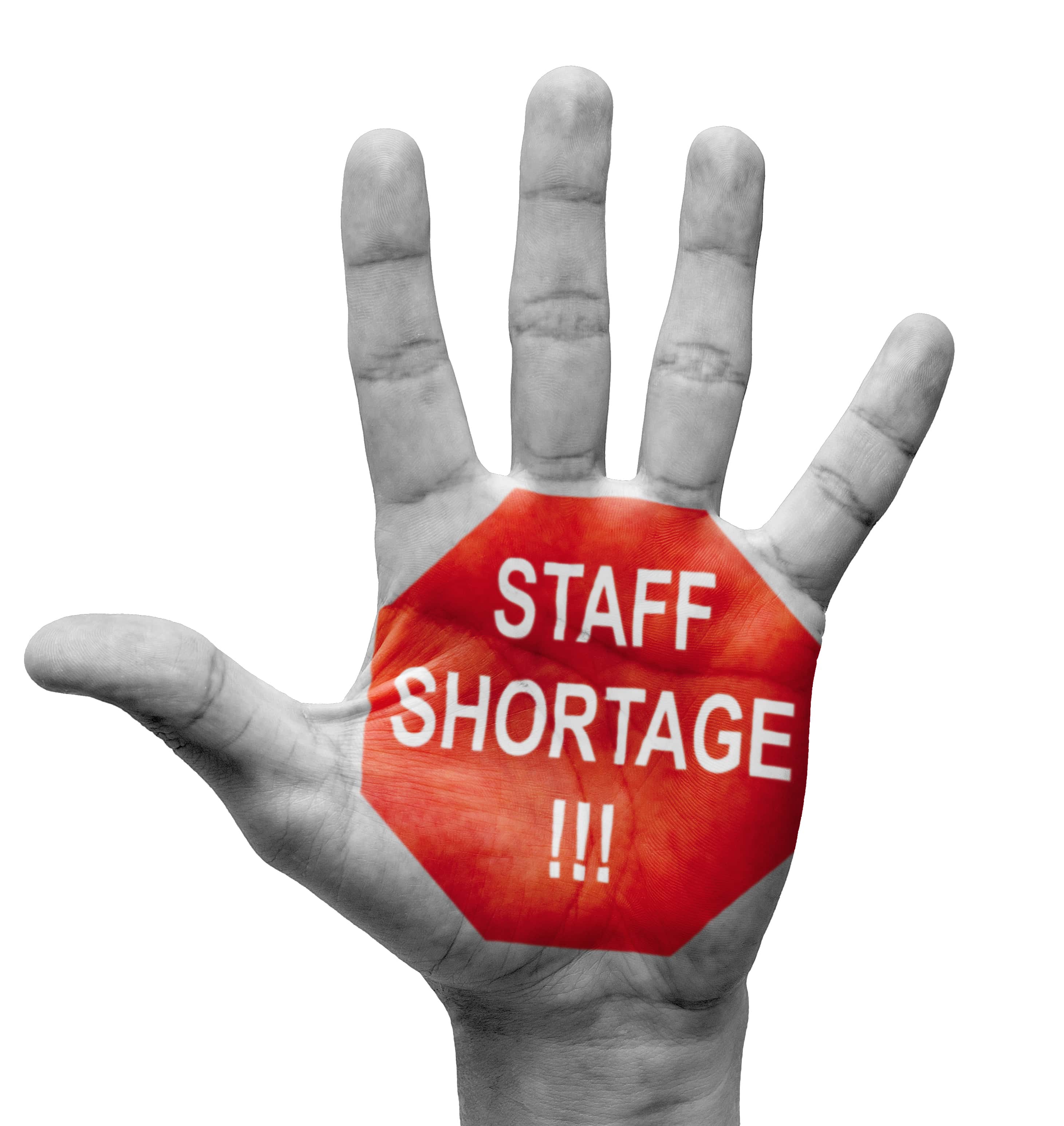
New Era For Healthcare Workforce Planning
 For unit managers at hospitals and other healthcare facilities, staff planning and scheduling can be an unrelenting headache. They have much more pressing issues, namely patient care, but staff planning seems to take up most of their time. In fact, nurse managers can spend up to 70% of their time on scheduling and staffing activities.
For unit managers at hospitals and other healthcare facilities, staff planning and scheduling can be an unrelenting headache. They have much more pressing issues, namely patient care, but staff planning seems to take up most of their time. In fact, nurse managers can spend up to 70% of their time on scheduling and staffing activities.
The irony is that the approach often taken – rough estimates, repeating past practices and even guess work – can end up consuming more time because of the constant need to fill gaps. If healthcare workforce planning could be more of a science than a guesstimate, it would reduce the burden on clinical managers while enhancing efficiency and patient care, as well as improve staff morale.
In other industries, advanced resource supply and demand forecasting has been prevalent for years; algorithm-based resource analytics, business intelligence, predictive modeling and standardized best practices have been in use to forecast service demand and resource supply needs. Advanced workforce planning is also available in healthcare, although it’s not yet widely in use.

In healthcare, big data can be analyzed through algorithm-based predictive modeling to produce highly accurate staffing plans. It begins with workforce data gathering, pulling information on payroll, patient volumes, employee demographics, workload, leaves of absence and staffing targets along with intelligence such as new construction projects and new units, plus seasonal illness data and patient census and demographics. All of this and more is run through a series of algorithms to produce predictive models for patient care demand and the workforce supply that will be needed.
Avantas, an AMN company, pioneered predictive analytics for healthcare staffing that can forecast patient volume and staffing needs 120 days in advance. In addition, Avantas offers standardized best practices, scheduling software, automated management systems and expert consulting to optimize existing core staff while efficiently utilizing contingency staffing.
Once accurate demand forecasts are developed, it is possible to determine the right core staff on a unit-by-unit basis. The staffing plan can be implemented by utilizing a series of tools that automate planning, scheduling, staffing, deployment and reporting processes to help ensure efficient and effective use of core staff while containing costs.
From the core staffing plan, creating an accurate plan for contingent staffing becomes much easier. All hours and shifts not covered by core staff become part of planning for contingency staff, including internal float pool and travelers. The contingent workforce can be effectively filled and managed with the help of healthcare staffing and workforce solutions experts.
Avantas has shown that its accurate workforce planning can save healthcare organizations between 4% and 7% of their total labor spend. Such savings are huge, considering that labor costs make up more than half of the budgets for most healthcare facilities. In addition to cost containment, accurate healthcare workforce planning can ensure that healthcare organizations have the staffing necessary for quality patient care. And, advanced workforce planning can reduce those scheduling issues that hurt staff morale in many units.
Advanced workforce planning represents a true breakthrough in healthcare, and it’s available now.
Latest News
Webinar: Inside Bellin Health’s Journey to Effective Scheduling
Scheduling continues to be a significant challenge for many leaders, particularly nurse managers. To stay competitive and enhance employee retention, health systems are implementing strategies to
Becker’s Hospital Review Webinar: Staffing Strategies to Lower Costs and Increase Nurse Satisfaction
How two healthcare systems are reimagining nurse staffing for lower costs and increased staff satisfaction.
Baptist Health Montgomery Case Study
Learn how our Smart Square scheduling technology helped to prevent a major disruption to payroll at Baptist Health in Montgomery, Alabama.
Celebrating a Decade of Results-Driven Partnership
AMN partners with Penn State Health for strategic workforce management, ensuring the right professionals with skills are in place at the right time.
Nurse Scheduling You Can Trust Through Healthcare Predictive Analytics
In the healthcare industry, the link between the utilization of its most important resource – care providers – and predictive analytics to accurately forecast demand is rarely engaged.
New Era For Healthcare Workforce Planning
Explore Avantas, an AMN company, leading with predictive analytics for healthcare staffing. Forecast patient volume, optimize core staff, and streamline contingency staffing for efficiency.
Healthcare Staffing Shortages Make Strategic Staffing Critical to Success
Explore the evolving role of contingent labor in healthcare. Temporary jobs for nurses, physicians, and allied professionals play a vital role in hospital operations
Staffing for Now: Four Strategies to Implement
Talent acquisition and retention goes through peaks and valleys. The reality is that the job climate has changed a lot in the past 50 years.








